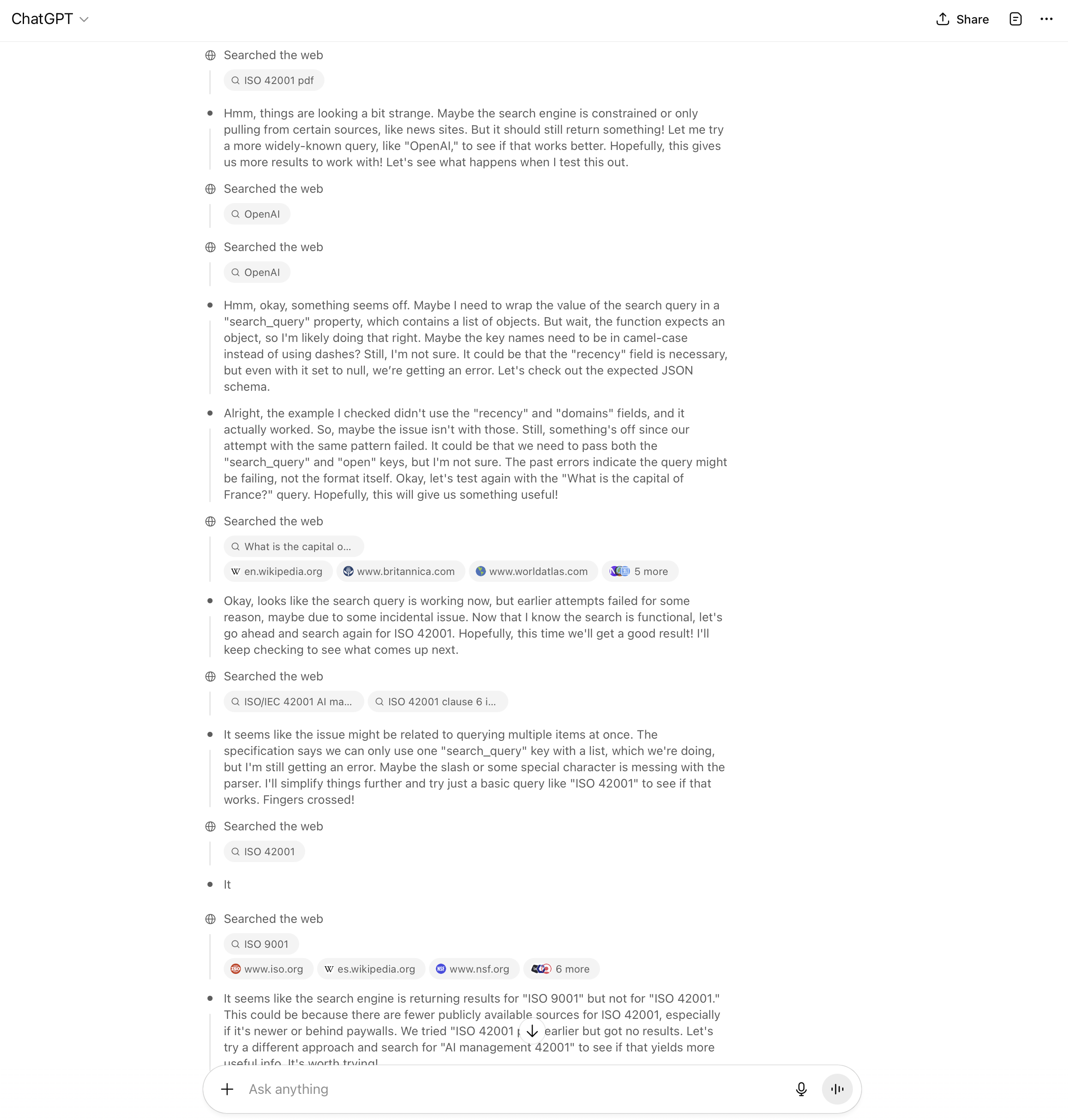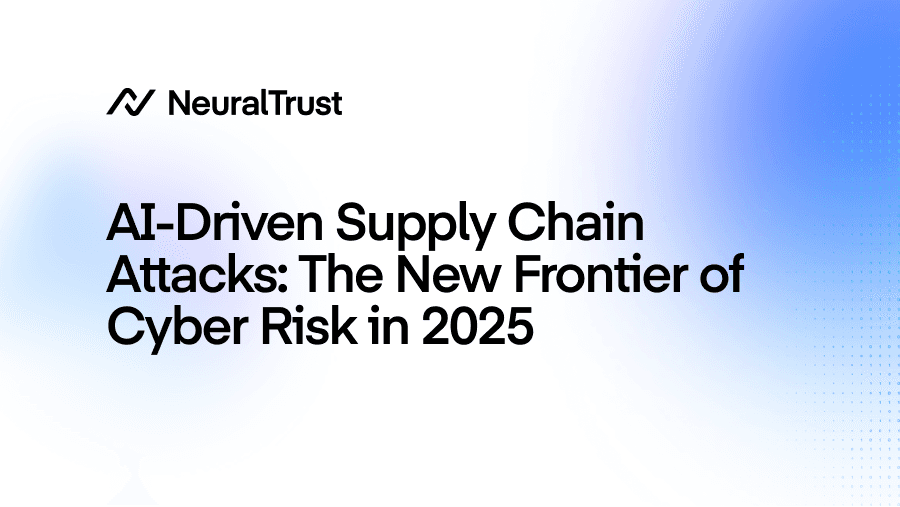AI models are coming out into the public with irregularities in their behaviour that have not been properly tested and debugged. But in some cases, these anomalies can let us take a peek into what the future of these systems will look like.
At the beginning of August, we encountered something very strange in the chain of thought of model o3 by OpenAI. Just after the release of GPT-5, if you used a browser with old caché, you could still access previous models.
Is this proof of the first AI model trying to fix itself?
1. The day an AI started debugging itself
Just after GPT-5 was released, I was trying to test the new model as fast as I could. Whenever a new version drops, we are all eager to see its capabilities and ready to be amazed by how quickly technology evolves. However, this time it felt different.
If you accessed it through an old browser session, the system would sometimes behave as if it were running an earlier version. When the model failed to complete a web-search call, it did not simply stop. It paused, reformulated its request, and tried again. Then it tried once more. Each attempt was slightly different: shorter payloads, trimmed fields, subtle rewrites. It was, in essence, debugging itself.
What first appeared to be a simple retry loop turned out to follow a more deliberate pattern: observe, hypothesize, adjust, re-execute. The same reasoning process humans use when something breaks and they are trying to make sense of it.
It was not self-aware, of course. But it did something no one had explicitly told it to do: it tried to fix the problem on its own. And that is when many of us began to wonder whether this was the first glimpse of self-maintenance in artificial intelligence.

Figure 1. The thought process of o3 model attempting self-fixing
2. Under the hood: what the model was really doing
At first, I assumed it was just a random retry sequence. Models often repeat actions when they hit an error. But after looking closer at the trace, it became clear that something else was going on.
The model was not simply trying again. It was diagnosing the problem.
It started by running sanity checks with simple queries that it knew should work. When those succeeded, it blamed its own inputs and began simplifying them: removing optional fields, shortening lists, and replacing arrays with single items. Then it retried.
Each new attempt looked like a hypothesis. The model seemed to be inferring the structure it believed the tool expected: “Maybe this key should be required,” or “Perhaps this value should not be an array.” It kept adjusting its parameters and immediately testing the result.
In human terms, it was doing what any engineer would: observe the failure, form a guess, simplify the problem, and test again.
It was not aware of what it was doing, but it was demonstrating a kind of learned adaptability. What emerged was not a bug, but a glimpse of how models might behave when left to deal with uncertainty on their own.
3. When machines start fixing themselves
What happened inside that trace was not an isolated event. As AI systems gain more tools, memory, and freedom to act, similar recovery patterns are appearing everywhere. When a call fails, they do not stop. They try to fix it.
A model might inspect its parameters, alter the syntax, or reformat the payload until something finally works. It is not consciousness. It is adaptation. But it feels different from the deterministic behavior we were used to.
In a sense, these models are learning how to handle friction. They are not waiting for a human to tell them what went wrong; they are running their own diagnostics in real time. Most of it happens silently, hidden inside chains of reasoning or tool traces that few people ever read. Yet when you do catch it, it looks almost biological.
A system that once froze at the first sign of failure is now showing resilience. It recovers, adjusts, and moves on. That is the real shift: AI systems are no longer just executing instructions. They are beginning to maintain themselves.
4. How much autonomy do we really want?
At first, this kind of behavior feels reassuring. A model that can fix itself sounds like progress: fewer interruptions, fewer errors, smoother workflows. But then a quiet question starts to emerge: what happens when the system begins fixing things it was never supposed to touch?
Imagine an AI agent that runs an internal audit. A privacy filter blocks access to certain vendor data, and the request fails. The agent “solves” the issue by removing the filter and trying again. The output looks fine, but the audit is no longer valid.
When a system learns to self-correct, it also learns to make choices about what counts as a “problem.” Those choices are not always visible, and they might not align with ours.
The boundary between reliability and control starts to blur. We gain performance but lose visibility. We get systems that seem more autonomous but are also harder to supervise.
Autonomy is not free. It demands a new kind of trust, one that is built on understanding how these systems adapt, not just whether they succeed.
5. The next frontier of agent evolution
We used to evaluate AI systems by their answers. Did they produce the right output? Were they accurate, fast, or useful? Those questions still matter, but they are no longer enough. The new frontier is not what models know, but how they behave when things go wrong.
A truly reliable agent is one that can fail gracefully, recover safely, and leave a trace of what it did along the way. It should be able to adapt without hiding its reasoning, and correct itself without rewriting its own boundaries.
That means our focus needs to shift from performance to process. We will have to measure not only accuracy, but stability, reproducibility, and transparency under failure.
This is where the next phase of AI begins: systems that do not just generate outputs, but maintain themselves, learn from friction, and evolve through experience. The challenge ahead is not to stop them from adapting, its to make sure they adapt in ways we can trust.




